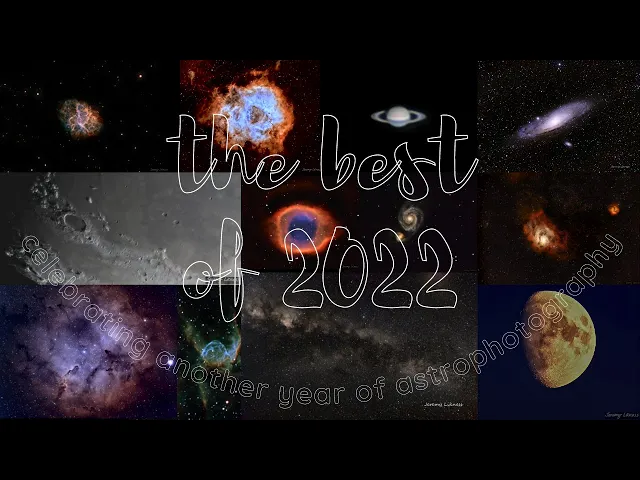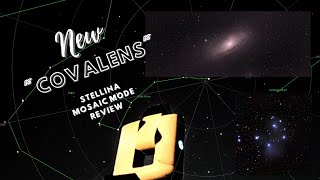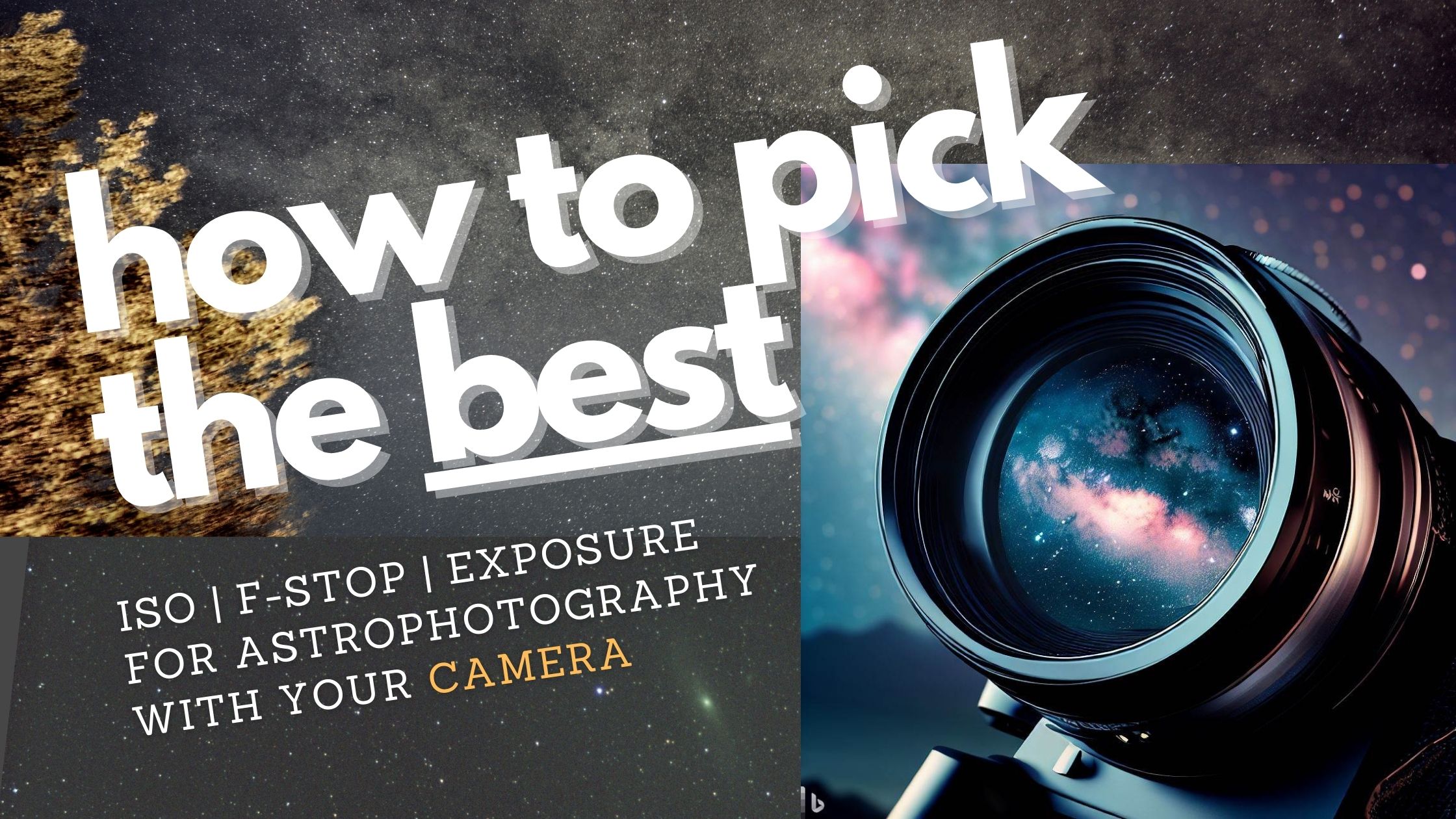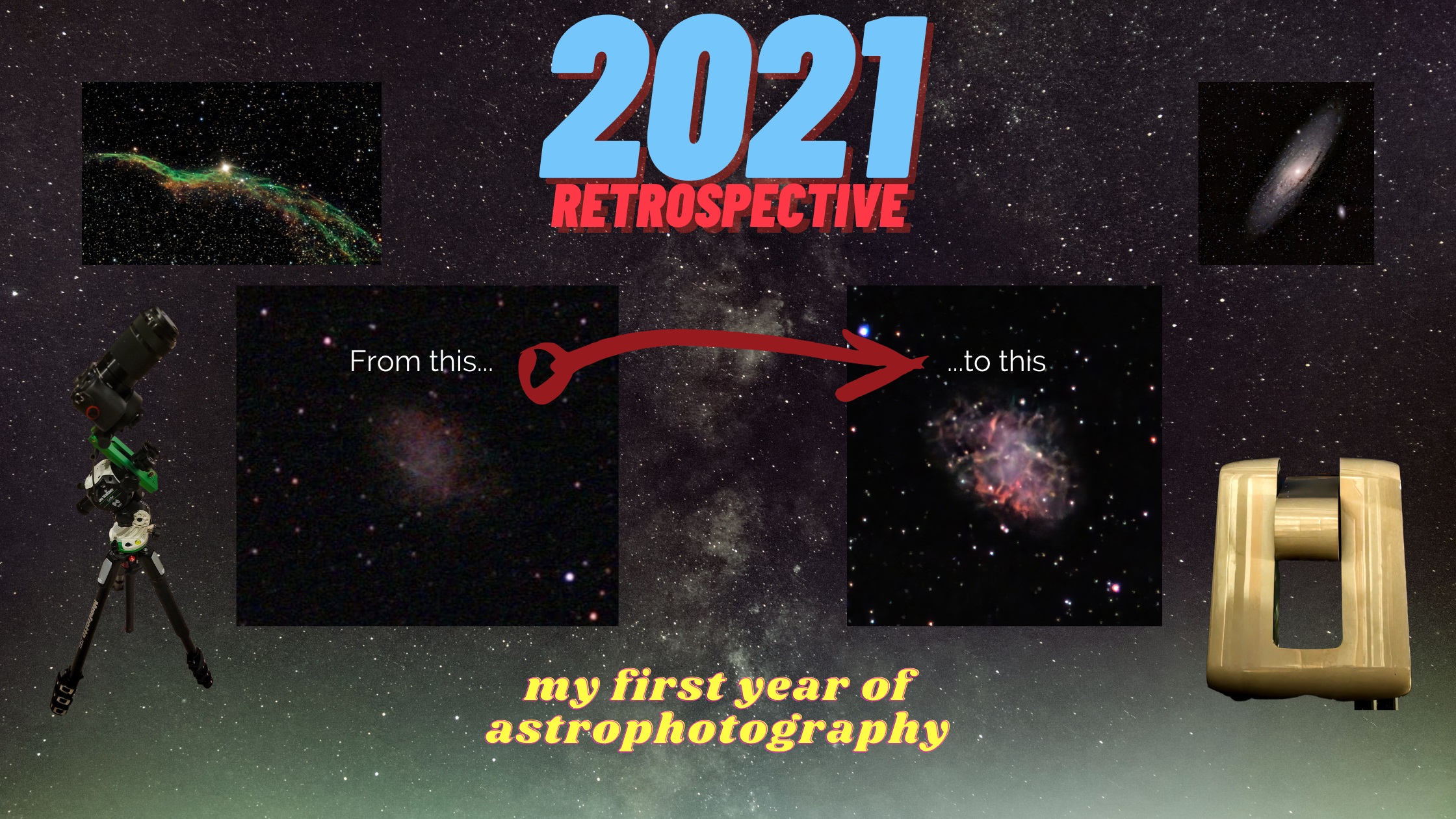
My best space pictures taken in 2022
Collage of planets, galaxies, nebulae, and more that I captured in 2022. From Saturn and Andromeda to Thor's Helmet and the Milky Way.
2022-12-20 learn more

Testing Stellina's new 'Covalens' automated mosaic mode
Stellina, an automated observation station that makes astrophotography easy for everyone, added a new mode for mosaics. I tested it on a wide Andromeda Galaxy and large Pleiades shot. Here's how it turned out!
2022-12-17 learn more

The Cayman Collection (behind the scenes)
My adventures in Grand Cayman photographing Mars, the Pleiades, Cassiopeia, Cygnus, Orion, M31: the Andromeda Galaxy and M33: the Triangulum Galaxy using my Sony Alpha 6300 mirrorless camera with 12mm and 50mm Samyang lenses, the Svbony sv503 70ED 420mm doublet refractor, and using the Sky Watcher Star Adventurer GTi mount.
2022-10-25 learn more






























